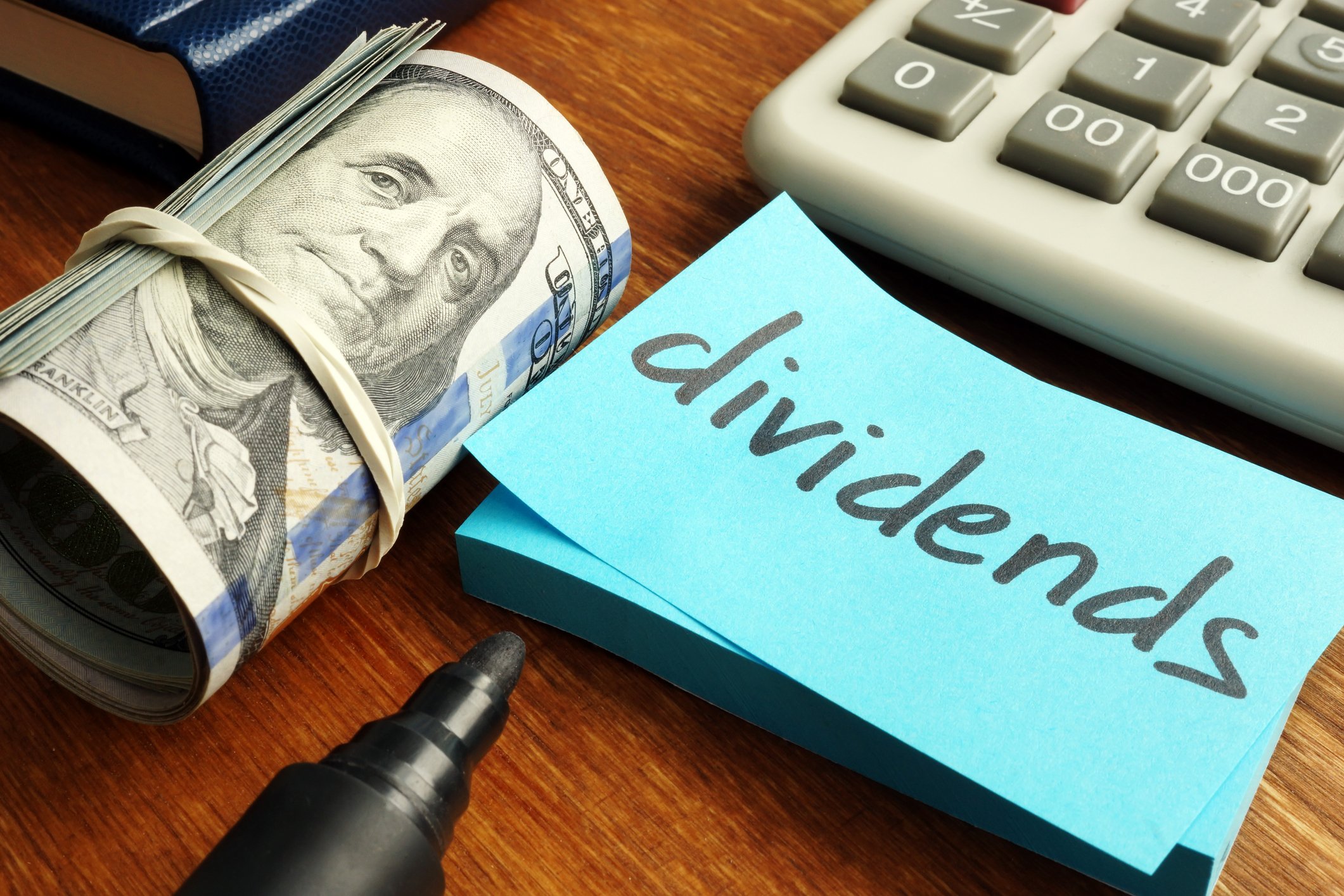Vail Resorts (MTN +1.71%) on Tuesday announced mixed results for the fiscal second quarter that includes much of its peak ski season metrics. The operating trends were slightly below management's expectations, in part because of poor weather conditions in a few regions. However, the resort operator also took two unusual steps that related directly to the novel coronavirus outbreak and the subsequent shift in travel spending.
First, the company withdrew its 2020 financial outlook, citing uncertainty around skier visitation during its key late-season Easter and spring break holidays. Vail also postponed its decision on raising its annual dividend while it waits to see the full scope of the coronavirus's impact on the business this year.
In a conference call with Wall Street analysts, CEO Robert Katz and his team explained how Vail came to those difficult decisions. Below are a few highlights from that presentation.

Image source: Getty Images.
Mixed portfolio performance
Overall, the season has had both areas of challenge and areas of strong performance. Whistler Blackcomb and Stevens Pass, our resorts in the Pacific Northwest experienced the lowest snowfall in over 30 years through December 31st, 2019 resulting in very poor results through the early season and critical holiday period. -- Katz
Vail Resorts in mid-January warned of a "slow start" to the peak ski season for its Pacific Northwest resorts due to historically weak snowfall. That situation hasn't improved much over the past few weeks. Whistler Blackcomb had a soft January for visits, in fact. Other parts of its diverse resort network fared better, including its properties in the Northeast and in the West. Overall, visit volume is down 5% through March 1, although higher prices and a growing resort network pushed revenue up 8% in the quarter.
While that trajectory put annual results on track for a modest undershooting of Vail's earlier financial outlook, the bigger factor was a pronounced shift in demand trends over the last week or so in conjunction with spiking traveler anxiety about the coronavirus. "We saw a marked negative change in performance" in the first week of March, executives said. "We expect this trend to continue and potentially worsen in upcoming weeks," they explained.
As a result, Vail's traditionally strong weeks around Easter and spring break might see poor consumer demand this year, so it's not possible to issue a detailed financial outlook right now.
Dividend questions
We remain confident in the strong cash flow generation and stability of our business model. We will continue to be disciplined stewards of our capital and remain committed to strategic high-return capital projects, continuous investment in our people, strategic acquisition opportunities, and returning capital to our shareholders through our quarterly dividend and share repurchase plans. -- Katz
Under normal circumstances, Vail would announce changes to its annual dividend following the second-quarter report. It boosted that payout by 20% a year ago, for example.
But these aren't normal operating times, given that traveler trends are in flux right now. The shift in demand over the last week or so has raised uncertainty about the business. Katz and his team highlighted the fact that Vail has plenty of cash and easily manageable debt levels.
It is still planning to aggressively invest in the business this year, including by spending over $150 million upgrading its parks. Still, executives think they'll have a lot more clarity around financial and demand trends by the time they make their next quarterly report. "Given the current instability caused by the coronavirus," management said, "we are deferring our decision on the dividend increase until June."






